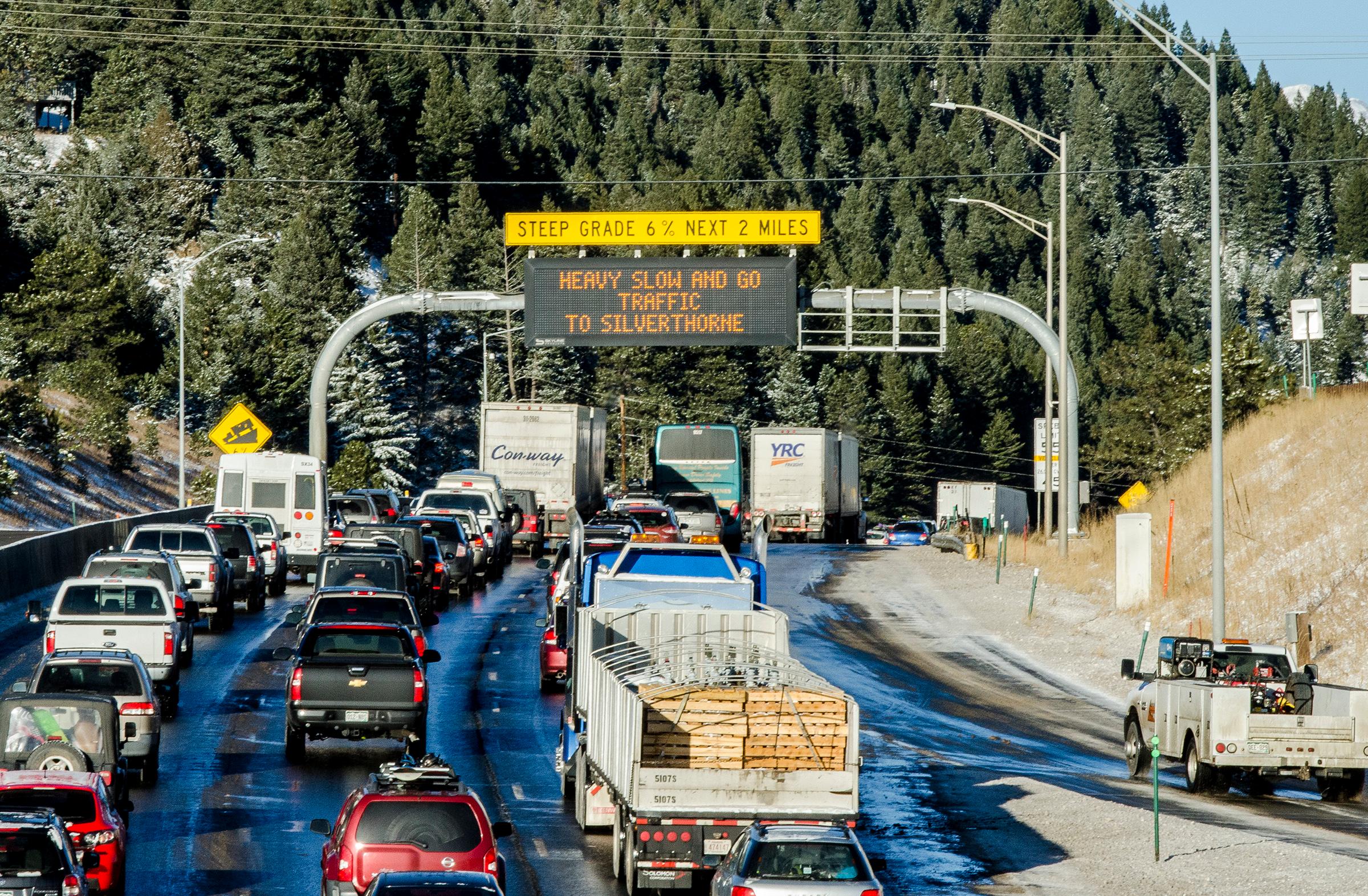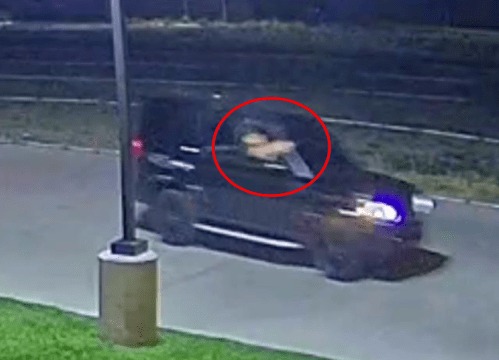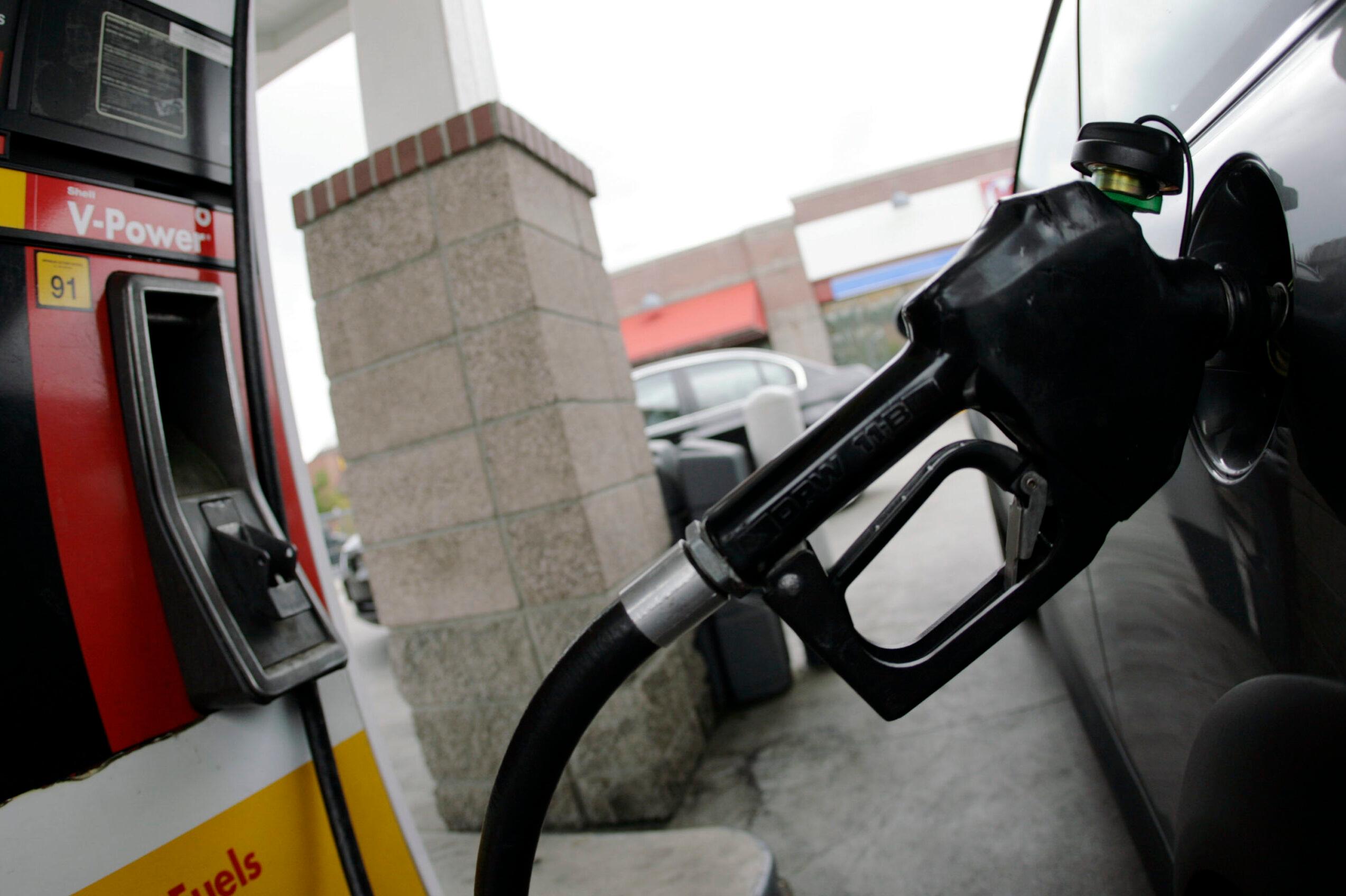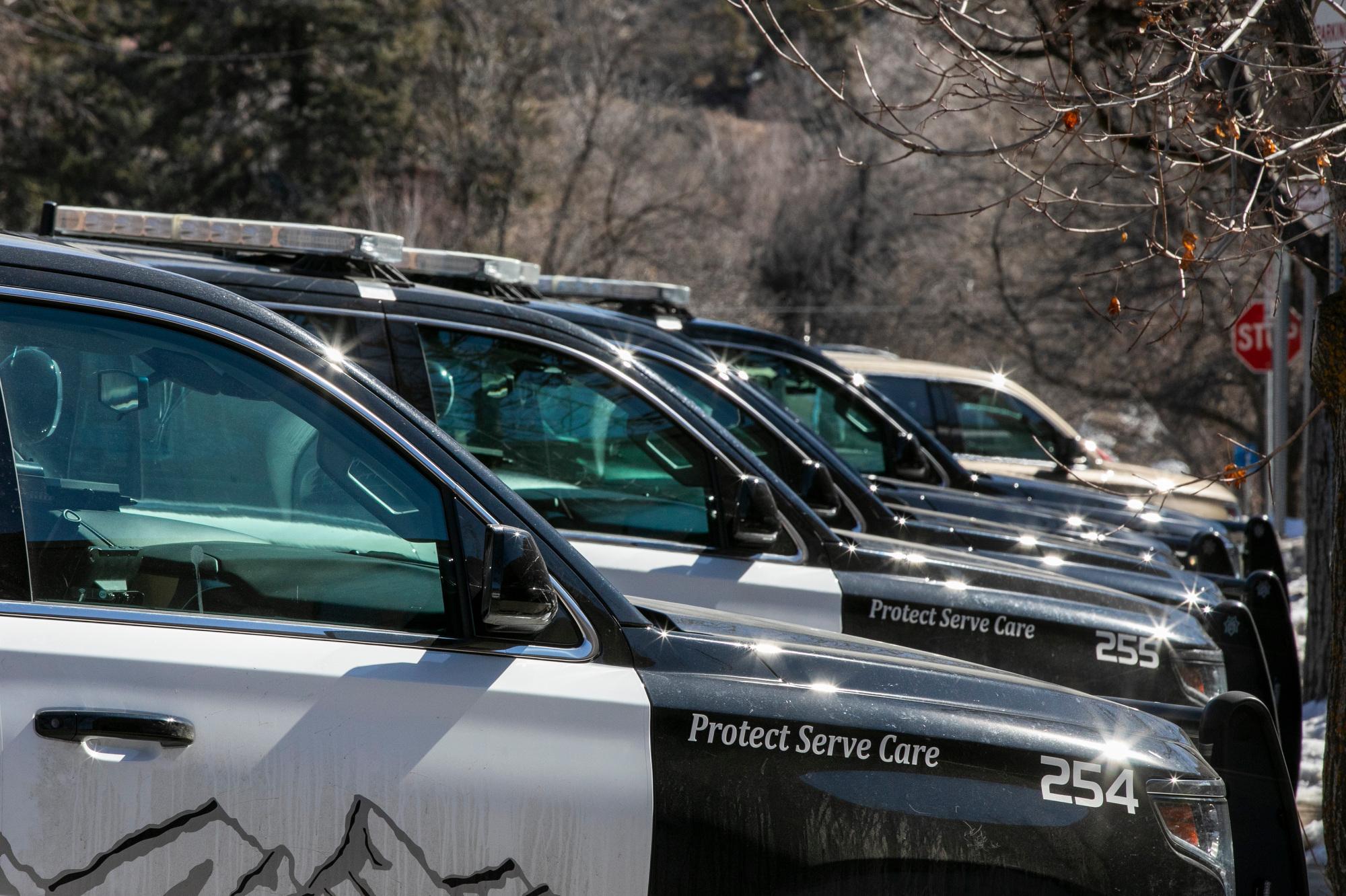
Live in Colorado for long enough, and you'll discover a few universally acknowledged truths:
- Roasted chiles and Palisade peaches are both good. Put them together in a salsa, and you've got magic on your hands.
- Denver may flirt with its other sports teams, but it's a Broncos town at heart.
- Interstate 70 in the mountains is probably jammed up right now. Yes, right now.
That last truth was the reason behind an interesting discussion at the state Capitol earlier this week between Colorado Department of Transportation officials and lawmakers.
"The only real quick east-west corridor in our state is I-70," state Sen. Kevin Priola of Brighton said. "What serious discussions or planning has there been done to possibly have an alternative east-west corridor, say, around the Springs, around Fort Collins?"
"Because," Priola continued, "as the Front Range grows, not only do you have Denver, and the suburbs of Denver, feeding into the I-70 corridor, but you're also getting Douglas County, Larimer County, Fort Collins, Colorado Springs, those portions are also feeding into the I-70 corridor. So to me it seems like it might actually be cheaper for the taxpayer to build redundancies into the system."
Bad weather or rockslides can shut down I-70 for days, as happened in 2016 at Glenwood Canyon 135 miles west of Denver. Traffic was diverted north to U.S. 40 and south to U.S. 50. Both routes involve twisty mountain passes at points and add at least a few hours to a trip from Denver to Grand Junction.
"I think construction-wise, it would be much easier and cheaper to expand an existing two-lane road that's east-west out of the Springs or east-west out of Fort Collins, as opposed to adding an additional lane or two [to I-70]," Priola said. "Not that I'm an engineer or anything."
CDOT hasn't studied such an idea, said its chief engineer Josh Laipply. He told Priola that he'd need to know what level of new infrastructure would be needed to get people to change their behavior and stay off of I-70.
Along those lines, Laipply said, CDOT has studied how to improve State Highway 71, which parallels I-25 nearly a hundred miles to the east, in an effort to give north-south commercial traffic an alternative if they want to skip Denver's congested roads. But improvements alone aren't enough.
"One of the challenges is that commercial traffic is trying to get to and come out of the Denver area," Laipply said. "It's a complex system."
A similar dynamic is at play along I-70 in the mountains, as CDOT Executive Director Shoshana Lew pointed out. That road is congested, in part, precisely because it goes to where people want to be.
"There was a deliberate choice, when the interstate routes were being placed, to align it where the tourism corridor was being built up," she said. "That effort was extraordinarily successful."
But the result, Lew said, is a large number of personal vehicles mixed with slow-moving freight — all on the same four-lane corridor.
A passenger train from Denver to the I-70 ski resorts has never gotten off the ground, and shuttles can be pricey, leaving many choosing to drive. But CDOT is ramping up its bus service that will travel directly to a handful of I-70 ski resorts this fall at resort-subsidized prices of $25.
In the short term, CDOT plans to tackle spots on I-70 that need urgent repairs. In the medium term, the agency has started construction on a westbound toll lane near Idaho Springs for use during peak periods, to compliment the eastbound lane that opened in 2015.
"Is that the forever solution that's going to solve all of life's problems on I-70? No," Lew said. "But will it make a difference when it's in use? Yes."
Huge infrastructure projects, like a new tunnel at Floyd Hill, are what CDOT is eyeing in the long term. That could cost more than $500 million.
CDOT is also looking at adding improvements like passing lanes to U.S. 285, which parallels I-70 for about 80 miles before turning south in Park County.
"The problem is, we only have so much money to go around," Laipply said.








